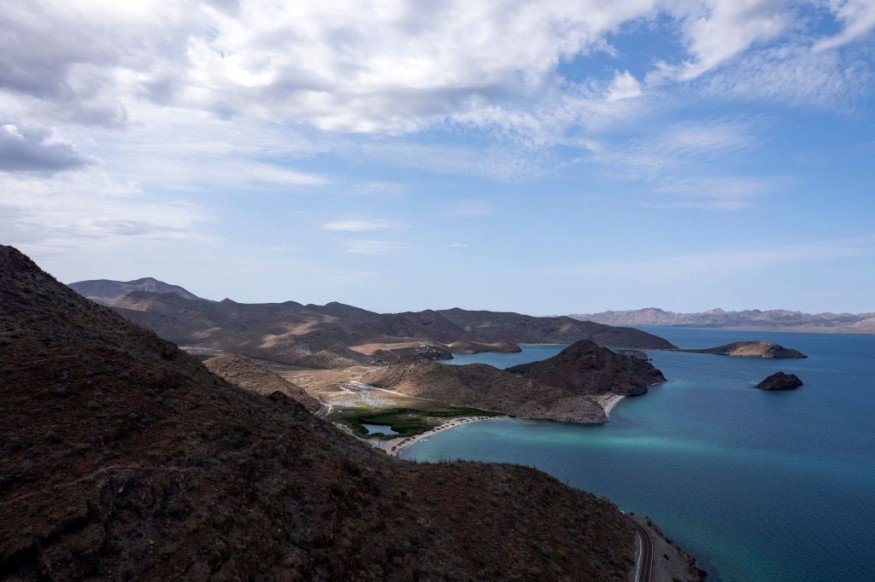An ancient mass extinction event wiped out marine life as a prehistoric global warming acidified the world's oceans.
It will later be known in history as a "deep-ocean mass extinction" that occurred 56 million years ago, according to a new study.
However, the breakthrough findings also confirmed that the Gulf of Mexico survived this global catastrophe.
The research further sheds light on the existence of such event, which transpired approximately 10 years after the Chicxulub asteroid ended the dinosaurs and killed almost all life forms on Earth upon impact.
However, the study emphasized the role of geological and oceanographic factors in the survival of marine life.
The insights from the research can help the scientific community in contemporary times to address the issue of modern climate change and global warming.
Primarily, this concerns the possibility of how marine life could survive should another similar phenomenon occurs in the future.
Ancient Mass Extinction Event

In a new paper published in the journal Marine and Petroleum Geology on Wednesday, June 1, researchers from the University of Texas Institute for Geophysics (UTIG) concluded that ocean currents and river sediments helped marine life in the Gulf of Mexico survive the prehistoric extinction event.
The unique geology of the Gulf of Mexico's basin also served as a shelter and protection for marine animals.
The event is officially known as the Paleocene-Eocene Thermal Maximum (PETM), which occurred at a time of dramatic global climate change and regional tectonic change.
This entailed that the ancient global warming led to the extreme rise in ocean temperatures, even affecting the deeper levels.
Oil and Gas Exploration
The UTIG study potentially paves the way in further helping oil and gas exploration in the Gulf of Mexico, according to the American Association for the Advancement of Science (AAAS).
This is due to the fact the research team studied not only marine life and their survival in the region during the PETM, but also the Gulf's chemistry like limestone, mud, and sand deposits.
Furthermore, the scientists studied rock chips that surfaced due to oil and gas drilling, revealing an abundance of microfossils from zooplanktons called radiolarians.
This led to the conclusion that due to the said features of the Gulf of Mexico, a consistent supply of river sediments and circulating ocean waters allowed the ancient planktons and other microorganisms even the waters heated up and became hostile to life.
Gulf of Mexico
The new study came out more than a month after a previous research has shown the current climate crisis and global warming are posing the threat of ocean species extinction worldwide through the form of ocean warming, approximately by the end of the 21st century.
That said research was published in the journal Science on April 28, which predicted that the continuance of greenhouse gas emissions can result in an acidic, overheated, and deoxygenated oceans.
The said theoretical scenario is similar to the Gulf of Mexico during the ancient mass extinction event.
However, the Gulf is completely different today from its former self 56 million years ago, potentially excluding the chance that its survival for the "next big one" is still guaranteed.
© 2025 NatureWorldNews.com All rights reserved. Do not reproduce without permission.





